Translations 677
Never Again?

Never Again?
 by David Brooks. Mexican journalist. Correspondent for the newspaper LA JORNADA in the United States.
by David Brooks. Mexican journalist. Correspondent for the newspaper LA JORNADA in the United States.
Translated and edited by Walter Lippmann for CubaNews.
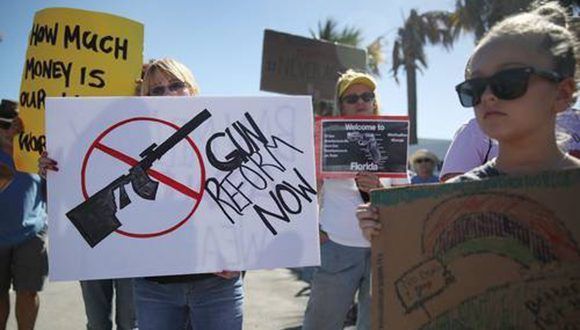
Activists and students protested outside an AK-47 rifle factory in Pompano Beach, Florida yesterday. Photo: AFP.
“I knew that I could never raise my voice against the violence of the oppressed in the ghettos without first speaking out clearly about the greatest provider of violence in the world today: my own government,” Martin Luther King Jr. stated in his famous speech against the Vietnam War in 1967, where he linked injustice and oppression within this country to its world-wide warlike and imperial policies.
The United States is an extraordinarily violent country, the most violent of all the first world within its borders and, perhaps, if you count the victims of its violence outside, the most violent country on the planet. Violence is an integral part of its history, starting with the genocidal campaign against the first inhabitants of this country, slavery and wars of all sizes (some with millions of dead) against dozens of nations to date. This country is the only one that has used a weapon of mass destruction. Moreover, its economy has depended to a large extent on the production of arms, wars, civil control; it gives the largest public subsidy to the private sector.
And institutional and official violence has always been bipartisan and justified in the name of peace and to defend the country and sometimes even to save the world. Official violence inside and outside the country is no exception, it is the rule.
The massacre at Marjory Stoneman Douglas Public High School in Parkland, Florida, last Valentine’s Day occurred in a country flooded by more than 300 million firearms that, each year, claim more than 32,000 lives (and tens of thousands of wounded) and that since 1968 to date have killed more Americans than those who perished in all their wars since the founding of this country. But this internal violence cannot be separated from the external violence, wars and almost incessant interventions of this country throughout its history. The official message is that violence is a legitimate, justifiable and necessary response. And the weapons, therefore, are sacred.
What Trump wants most today is a military parade with many planes flying over and presided over by him, a commander in chief who evaded -like so many children of the rich- military service during the Vietnam War. And their solution for resolving gun violence is: more guns, including arming teachers.
Never Again is the name of the new movement launched by those Florida students who survived the most recent massacre, a fierce response against politicians and the National Rifle Association (NRA) who are complicit in the country’s official violent culture. For now, high school students are making them tremble like never before.
Emma Gonzalez, 18, a survivor whose speech at the first demonstration after the killing became viral, today has more followers of her Twitter account, @emma4change, than @NRA, one of the most powerful organizations in this country. She, along with her classmates such as Alfonso Calderon, Cameron Kasky, Jaclyn Corin and David Hogg, among others, launched Nunca Más and in the first hours after the tragedy called for a national march for March 24, declaring that this would be the last massacre in a school. Suddenly they lead what could be, if sustained, a movement of a new generation that, in essence, refuses to be complicit in the violence.
The movement, whose objectives are very specific -to ban the sale of weapons of war, to verify the mental health of those who buy weapons- is thus questioning the political essence of this democracy. It’s clear, they say, when, in the most recent polls, the vast majority of the country favors controls on the sale and use of firearms (in the two most recent: CNN: 70 percent in favor; USA Today, 63 percent), but politicians continue to hold back further controls by serving the NRA.
National companies, understanding the potential power of this movement, are fleeing their relationship with the NRA; the list is growing every day: Delta, United, Hertz, Avis, Enterprise, Symantec, Chubb and First National Bank.
The NRA accuses these companies of cowardice, and one of its national spokeswomen dared to declare that the media is guilty of manipulating all this, as they love killing because it raises ratings. David Simon, creator of The Wire and Treme, among others of the best TV series, and who was a Baltimore Sun journalist, replied: “As a reporter, I covered more than a thousand deaths from handguns and spent a full year following stage homicide detectives onstage. I covered a massive shooting. Did I love it? Fuck you, you stupid, meaningless, sociopathic spokeswoman… for this American hell.”
Michael Moore, whose documentary Bowling for Columbine researched the issue of gun violence in the United States from another massacre in a high school, sent a tweet: The NRA is a terrorist organization, remembering: we have had 1.2 million Americans killed by guns since John Lennon was shot in New York.
But what scares the leaders most is that these young people are able to create alliances with other movements, something that is already beginning to happen. Camila Duarte, a high school student and leader of United We Dream (the largest national immigrant youth organization) in Florida, said: As youth of color and immigrants, we have gone through so much hate, emotional abuse and violence over the past year, from Muslim prohibition to the end of DACA, through school budget cuts, and announced that United We Dream’s immigrant youth “will follow the lead of the brave students at Marjory Stoneman Douglas High School (…) in the March for Our Lives. We will take to the streets together because we believe in a future where everyone can feel safe in their schools and homes. It is hoped that other young people from other movements will also join in.
Maybe the students can teach everyone here how to never again tell teachers about violence.
(taken from La Jornada)
Young People to the Rescue

Young People to the Rescue
 By David Brooks, Mexican journalist. Correspondent for the Mexican daily La Jornada in the United States.
By David Brooks, Mexican journalist. Correspondent for the Mexican daily La Jornada in the United States.
23 February 2018
Translated and edited by Walter Lippmann for CubaNews.
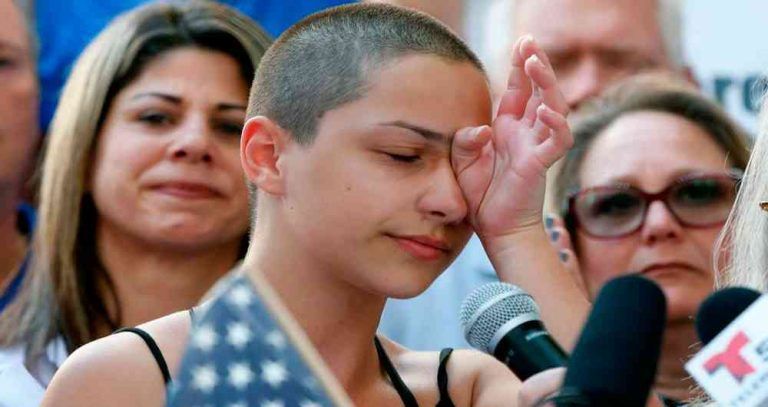
On Saturday, Emma Gonzalez demanded that political leaders take effective action against arms sales. Photo taken from Semana Magazine.
Emma Gonzalez demanded Saturday that political leaders take effective action against arms sales. Photo was taken from Semana Magazine.
“We’re here together because if all our government and the president can do is send their condolences and prayers, then it’s time for the victims to be the change we need to see,” Emma Gonzalez said during a rally against guns Saturday in Fort Lauderdale, four days after surviving the massacre in her high school in the town of Parkland, Florida, a few miles from where she spoke with a firm voice and in tears.
Gonzalez, 18, said everyone already knows about the statistics on mass shootings and how these tragedies are happening across the country. In fact, she and her classmates have joined the more than 150,000 students in more than 170 elementary, middle and high schools who have witnessed gunfire on her premises since the Columbine High School massacre in 1999, according to a Washington Post analysis.
“We are going to be the young people from whom you will then read in your textbooks. Not because we are going to be another statistic about massive shootings in the United States, but because we are going to be the last massive shootings (…) we are going to change the laws,” she promised the more than a thousand students, parents and others who came together to say enough is enough.
If the president wants to stand in front of me and tell me that this was a terrible tragedy and that it should never have happened, and if he wants to keep saying that nothing can be done about it, I will happily ask him how much money he has received from the National Rifle Association. And you want to know something? It doesn’t matter, because I already know: 30 million dollars (…) To every politician who receives donations from the NRA (National Rifle Association): shame, and at that moment hundreds of his colleagues and parents chanted: shame, shame.
“The elected rulers are lying to us. And it looks like we young people are the only ones who realize it, and we’re here to say that’s BS [bullshit]. Companies that make cartoons of young people these days, saying that we only care about what is ours and that we are obsessed with trends… we are prepared to say BS. Politicians who are sitting in their golden seats funded by the NRA saying that nothing could have been done to prevent this, we say BS… They say no law could have prevented hundreds of tragedies that have occurred. We say BS, that we don’t know what we are talking about, that we are too young to understand how government works. We call them BS. And a chorus responded: no more BS.
Gonzalez is not alone. A new group of ferocious leaders has just been born from the violent deaths of 17 of their compañera/os in the most recent massive shooting in this country. Any politician accepting NRA funding is responsible, Cameron Kasky, another high school student in Parkland, told ABC News. And speaking directly to his state’s Senator, Marco Rubio, he added:”It’s not our job to tell you how to protect ourselves. Our task is to attend school, learn and not be shot… Their task is to protect us and our blood is on their hands.
It is worth noting that Rubio is among those most benefited by the generosity of the National Rifle Association, the most powerful entity against control over guns in private hands.
Another surviving student, David Hogg, in an interview with CBS News, addressed Trump directly this Sunday denouncing: we have seen the government close down, we have seen tax reform, but nothing to save children’s lives. You make me sick.
Responding to a Trump’s tweet accusing the FBI of not following alerts about the suspect because they were too busy investigating the collusion that does not exist between the Russians and their election campaign, Aly Sheehy, another survivor, responded: 17 of my compañeros are no longer there. That’s 17 futures, 17 young people and 17 stolen friends. But you’re right, it always has to be about you. How silly of me, I forgot.
The students, some of whom have already carried out local actions, announced that they are organizing mobilizations on a national scale, something that is worrying politicians who, until now, have felt very comfortable, who have managed to stop previous initiatives to impose controls on the more than 300 million weapons that are in private hands in this country.
In the call to the March for our Lives, a student-driven action across the country and set for Washington on March 24, it is stated: Not one more. We can’t let one more child get shot at school. We cannot allow one more teacher to have to decide whether to stand in front of an assault rifle to save the lives of her students. We cannot allow one more family to be waiting for a call or text that never arrives. Our schools aren’t safe. Our children and teachers are dying. We have to make it our top priority to save these lives.
On March 14, a 17-minute student strike is being called for the 17 victims, and others on April 20, Columbine’s anniversary, calling for everyone to wear orange clothes to demand change, among others.
In another interview with CNN, Kasky summed up: my message to those who are in elected office is: are they with us or against us. We’re losing our lives while the adults are playing games.
Or as Wired’s editor-in-chief Nicholas Thompson summed it up in a tweet: United States: where high school students act as leaders, and leaders act as if they were in high school.
In a country where more people have died from gun violence since 1968 until today than the total number of Americans killed in all their wars since independence, where the world’s most armed people commit massacres and where on average there are five bullets in academic venues each month, it will be the young people who may be able to rescue their country from this barbarity.
(taken from La Jornada)
The Hackneyed Imperialist Tool of Demonization
The Hackneyed Imperialist Tool of Demonization
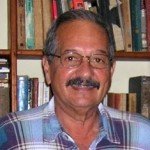
By Manuel E. Yepe
http://manuelyepe.wordpress.com/
Exclusive for the daily POR ESTO! of Merida, Mexico.
Translated and edited by Walter Lippmann.
“The systematic dehumanization of the leaders of other countries; the routine exaggeration of their military capabilities; the monotonous falsification of the nature and attitudes of other peoples; the reckless application of double standards in comparing the conduct of others with our own, as well as the inability to recognize the common character of many problems of others with our own, and the consequent tendency to see all aspects of the relationship with others in terms of a total and irreconcilable conflict of concerns and purposes. These, I believe, are not signs of the maturity and discernment that can be expected in the diplomacy of a great power…”.
Although the above description may seem applicable to Washington’s current foreign policy, it is a warning that George Frost Kennan (1904-2005), a long-serving diplomat and American historian, reminds us of the fact that it was Kennan who formulated and advocated a “policy of containment” against alleged Soviet expansionism, but later changed his theory.
Kennan enunciated his “containment policy” in February 1946 in a text that is remembered as the long message (“the Long Telegram”) he sent from Moscow in 1946 against so-called Soviet expansionism at the end of World War II. The text, signed with just one “X”, appeared in the July 1947 issue of Foreign Affairs magazine, intended to analyze the structure and psychology of Soviet diplomacy at that time. It was widely disseminated by Washington and brought Kennan a lot of popularity in the academic world.
Shortly after that same year, he was appointed director of policy planning at the State Department and, in 1949, advisor to that department. He returned to Moscow in 1952 as his country’s ambassador and in the following year, he had to return to the United States after being declared persona non grata by the Soviet government.
In the late 1950s, Kennan revised his views on “containment” and began advocating a program of “disengagement” from areas of conflict with the Soviet Union. He later emphatically denied that containment was applicable tp situations in other areas of the world, such as Vietnam.
Kennan is identified as one of the architects of the Cold War. His postwar writings about the supposed Soviet threat nurtured the U. S. policy of containment that led to the devastating arms race that still threatens the world with utter destruction.
But the development of events and variables in Washington’s foreign policy led Kennan to reconsider his initial views and to formulate those with which he begins this article.
Kennan then suggests that, although the Russians were still fundamentally opposed to peaceful coexistence with the West and inclined to achieve the extension of the Soviet socialist system around the world, they were particularly sensitive to the logic of military force and will respond or retreat in the face of skillful and determined resistance to their wishes for expansion.
Thus, Kennan goes on to advocate a policy of “counter-pressure” where the Soviets threatened or it could be predicted that such counter-pressure could lead to the Soviets being willing to cooperate with the US or, eventually, be seen to lead to an internal collapse of the Soviet government. This point of view would eventually become the focus of US policy towards Russia.
It is remarkable how much the imprint of Kennan’s policy of containment has influenced U. S. imperial policy, despite its belated retraction. It is something that can be noticed in the current stage of Washington’s hegemonic decline with an almost identical performance in the manner of demonizing its enemies or those who do not agree with its designs.
It is as if the complacent media and the two political parties that govern alternatively could only agree to attack their opponents when they have fabricated an image that fits into certain diabolical and perverse preconceived patterns.
In Latin America, the current U. S. offensive against dissident governments in its hegemonic area goes through a period of great intensity in which Bolivarian leader Nicolás Maduro Moro, president of Venezuela, occupies the prominent place that for half a century had Cuba sitting in the chair of the accused. The head of the Caracas government has reached, if not surpassed, the level of gossip that Fidel and Raúl Castro used to have, although the latter do not escape today from the diarrhea of lies and dehumanizing insults of Donald Trump.
February 27, 2018.
Three Chinese Generals in the Cuban Revolution

Stories of Three Cuban-Chinese Generals in the Cuban Revolution
American publisher Pathfinder presents a second edition of the book of interviews with generals Armando Choy, Gustavo Chui and Moisés Sío Wong
Published: Tuesday 06 February 2018 | 11:55:33 PM
 By Leyanis Infante Curbelo
By Leyanis Infante Curbelo
leyanis@juventudrebelde.cu
Translated and edited by
Walter Lippmann for CubaNews.
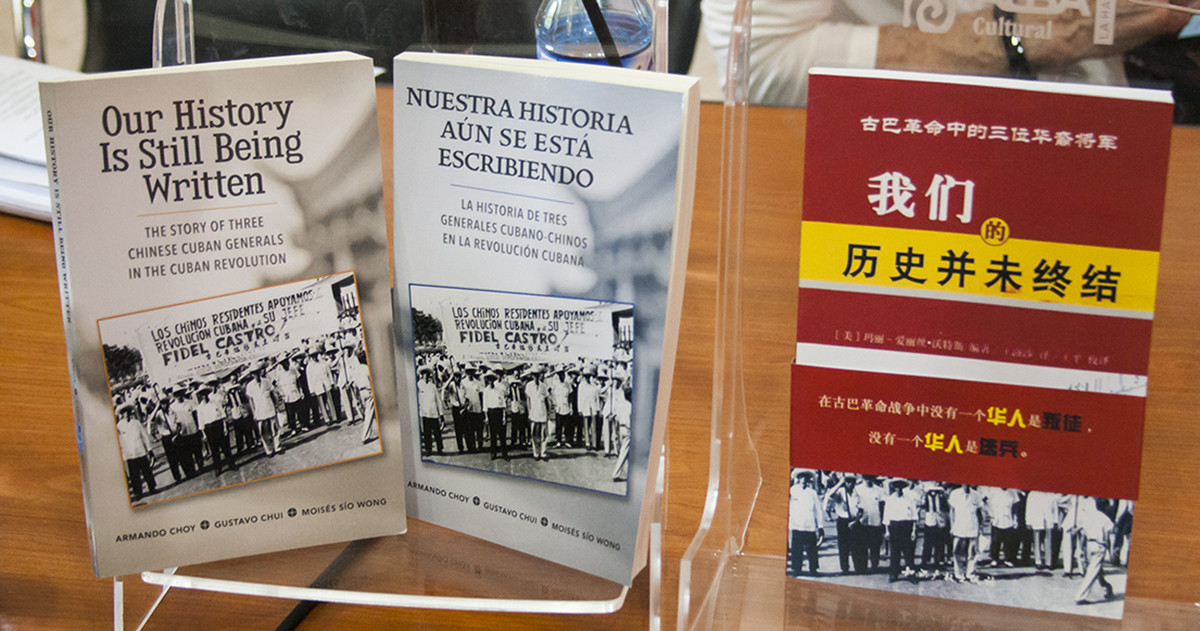
Our history is still being written. The story of three Chinese-Cuban generals in the Cuban Revolution is the proposal with which the American publisher Pathfinder brought to the 27th edition of the International Book Fair of Havana, in a second edition of the text, in this case with versions in Spanish, English and Chinese.
Originally published in 2006, the volume was enriched with new photographs and updated context information, according to Martin Koppel, editor of the Spanish-language version, during Tuesday’s presentation at the Casa del Alba Cultural.
The protagonists of these pages are Cuban generals Armando Choy, Gustavo Chui and Moisés Sío Wong (already deceased), all of Chinese descent, who, through a series of interviews, conducted by members of the publishing house for several years, share their experiences in the revolutionary struggle and important moments of the Cuban Revolution, such as the war in Angola or the harsh years of the Special Period.
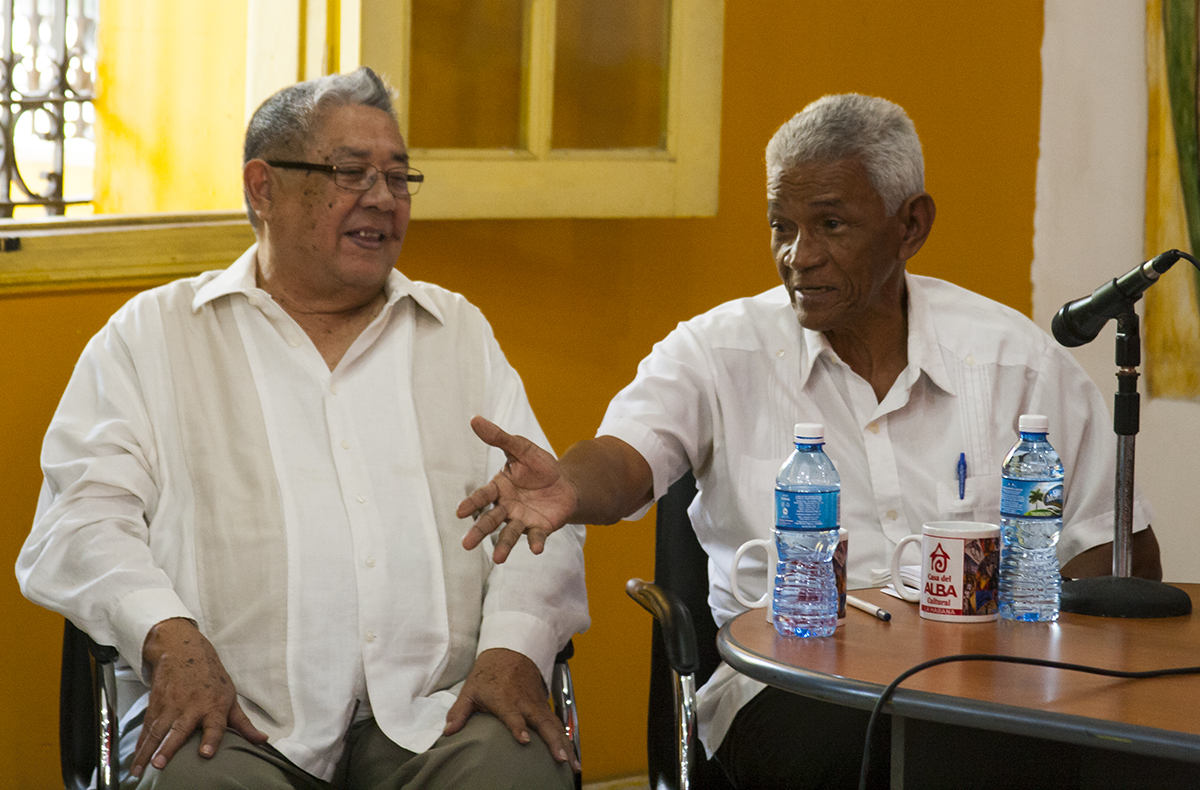
Cuban generals Armando Choy and Gustavo Chui. Photo: Maykel Espinosa Rodríguez
Something is very clear from the very first lines of this book of testimony: one cannot talk about the history of Cuba without mentioning Chinese participation in it.
The book is divided into three main thematic and historical sections. The first tells about the future of three young people and their incorporation into the struggles against the tyranny of Fulgencio Batista and the Revolution led by Fidel Castro. In addition, it offers a panorama, always from a personal dimension, of the formation of the Chinese community in Cuba.
A second chapter covers the years of Angola’s epic era between 1975 and 1991, and the implementation in Cuba of the concept of war of the whole people in the 1980s, following the aggressive escalation of the US government led by Ronald Reagan.
Up to the most current moments of the Revolution, the third and last section approaches, beginning with the start of the so-called Special Period. In this book, the reader will find anecdotes and reflections on the deep economic crisis that the Cuban nation went through in the 1990s, after the fall of the Socialist Camp, the search for alternatives and the relationship with the Bolivarian Revolution since 1998.
A fundamental principle is at the heart of the book’s pages, because from the fiber and the actions of its protagonists, we discover some Cuban-Chinese who believe that a better world is possible, but only with a socialist revolution.
One of the greatest merits of the text, according to Koppel, is the possibility of bringing together millions of men and women who changed their social reality and became different human beings.
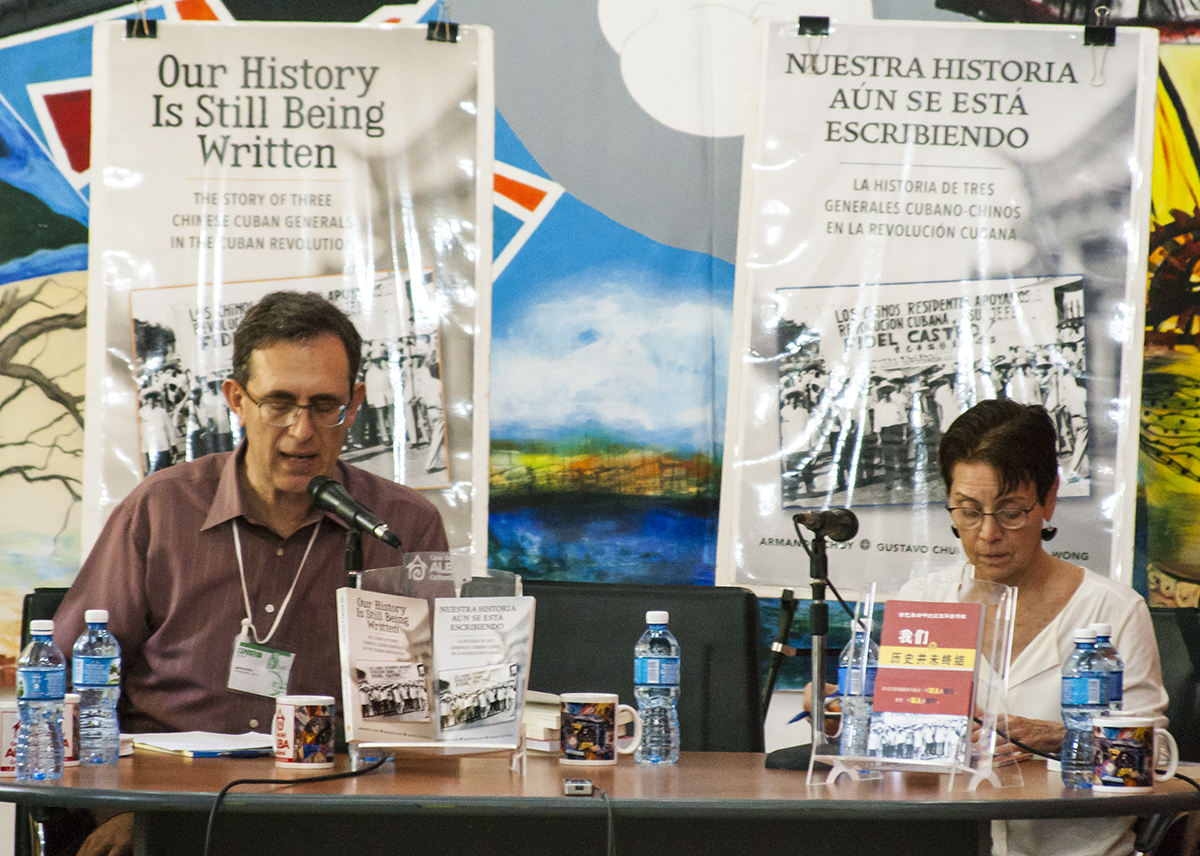
Mary-Alice Waters and Martin Koppel, editors of the English and Spanish versions respectively. Photo: Maykel Espinosa Rodríguez
What began as an interview for the Socialist Workers’ Party newspaper in the United States in which the editors are active, became a major project, which lasted for several years and more than 12 interviews and ended up as one of Pathfinder’s best-selling and most popular books.
Mary-Alice Waters, editor-in-chief of the English-language edition and chief interviewer, spoke of the tremendous impact the book has had outside Cuba, mainly in the United States, Canada, Britain and Australia. No book published by Pathfinder in recent decades has been so widely disseminated internationally,”he said.
The work already has a significant track record, with presentations in more than 25 countries. More than 15,000 copies have been sold and it has translations into English, Chinese, and soon French, which guarantees its acceptance. In the case of the United States, it has presented itself in more than 20 cities and as many universities.
Along with all of the above, the editors consider that there are other reasons that make the book relevant: Through its pages readers will discover that Cuba was the first destination of large-scale Chinese emigration in the nineteenth century, will be surprised by the great participation of Chinese in the wars of independence against Spain between 1868 and 1898 and, Above all, it is clear that, unlike many countries in the world, discrimination and prejudice against Cubans of Chinese descent no longer exist, thanks to the social revolution that triumphed in Cuba in 1959.
Additionally, they point out that the Cuban Revolution, its beginnings, and most recent history continue to capture the interest of many people around the world, especially from a working class that seeks answers and alternatives to the crisis situation they have recently experienced and are still experiencing.
For General Gustavo Chui, this book is a tribute to Chinese emigration to Cuba in the 19th century, which fought tenaciously to settle in our country, assume its customs and participated in its wars of independence and social struggles in the compromised Republic. That’s why we say that our history is still being written, because from the contribution of our ancestors until today, we continue to be intertwined in every stage of Cuban history.
Chui added that although at first, they thought it was a book for Cubans, then they understood the importance that it could have outside the country, as it was a way to tell the story of the Cuban Revolution and transmit its message.
Cuban readers approached this publication through the Political Editor of the Party’s Central Committee in 2006, so this new presentation of Our History… offers the opportunity to acquire this title, currently sold out in Cuba, at Pathfinder’s booth in the San Carlos de La Cabaña fortress.
The presentation of this second edition was also attended by Caridad Diego, member of the Party’s Central Committee and president of the Friendship Society Cuba-China; General Harry Villegas (Pombo) and members of the Cuban Revolution Fighters Association and the community of the Asian country in the country.
Pathfinder publishing house brings together more than two decades of work with Cuban authors and has published more than a dozen books on our Revolution – which Martin Koppel considers an example for workers and young people in the United States – and its protagonists.
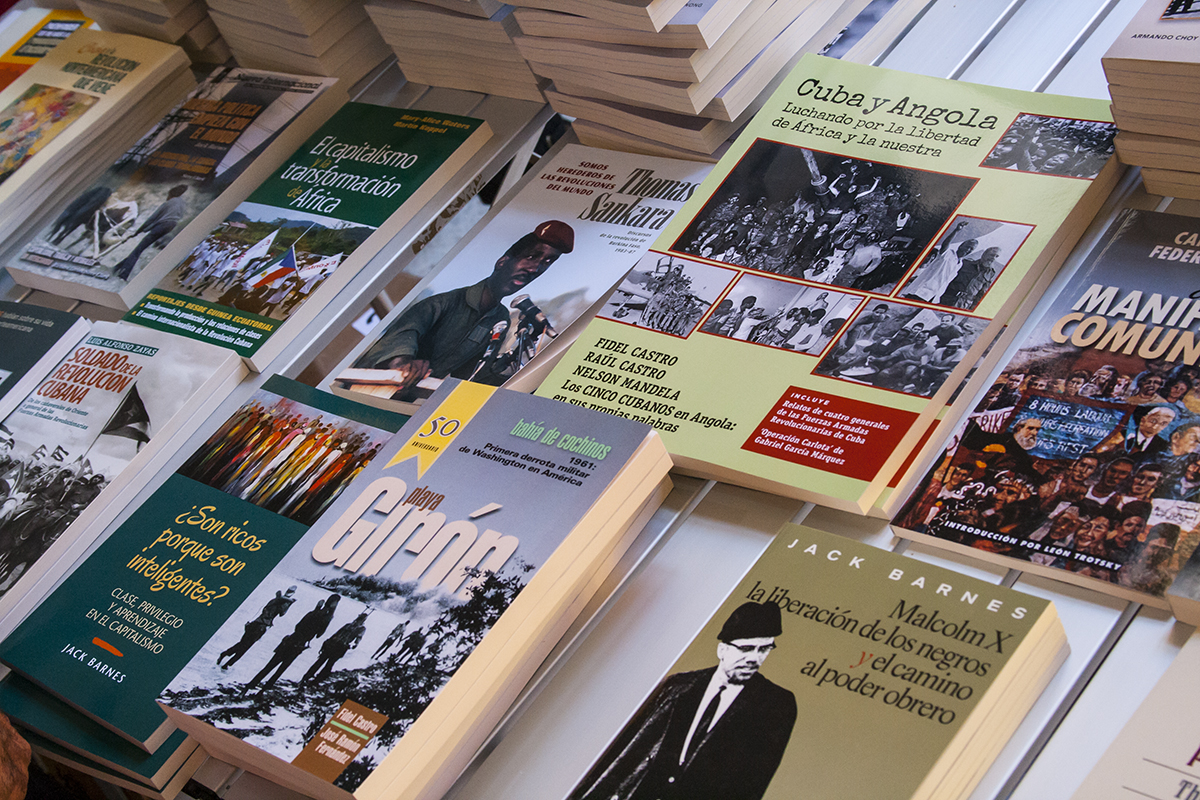
Other titles brought to the Fair this year by the publishing house. Photo: Maykel Espinosa Rodríguez
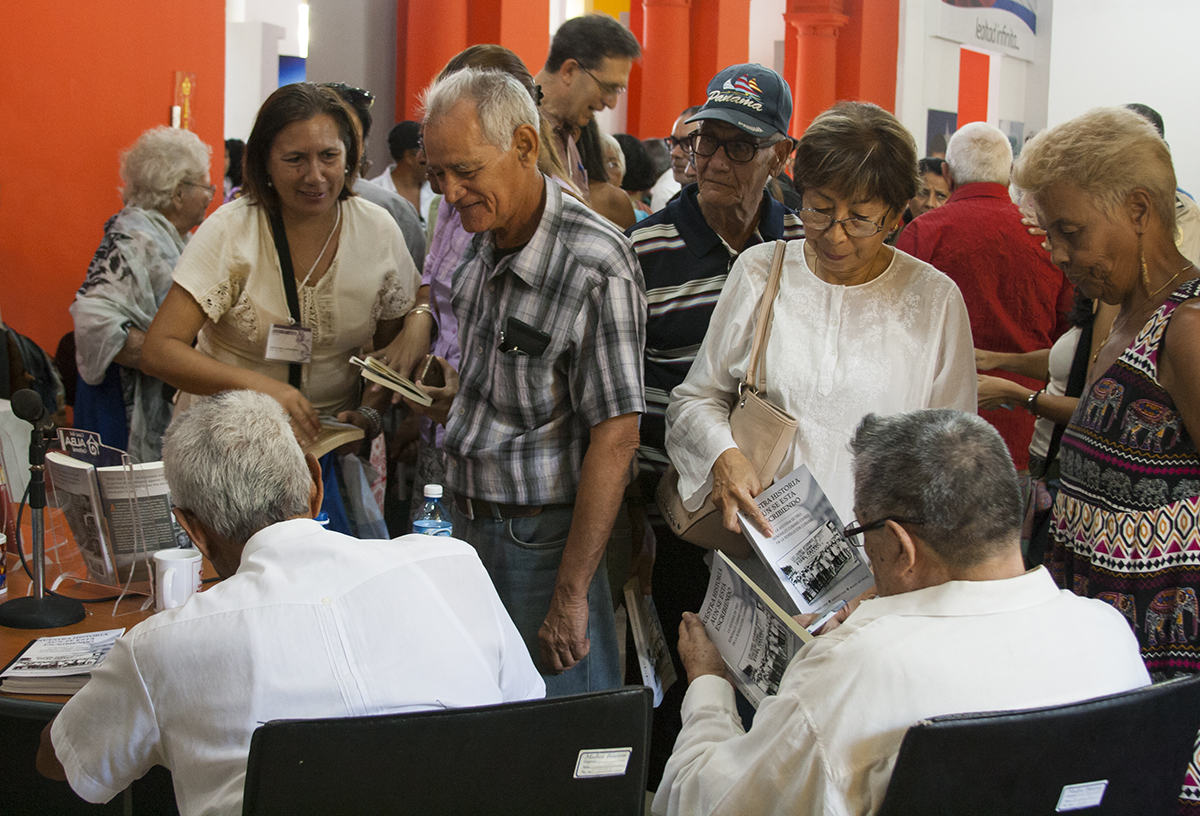
An avalanche of readers waited for the signing of these heroes in their books. Photo: Maykel Espinosa Rodríguez
USA: Emma, short hair and bare feet
USA: Emma, short hair, bare feet
By Nicanor León Cotayo
Translated and edited by Walter Lippmann for CubaNews

Emma González
In the form of a small hydrogen bomb, the student Emma Gonzalez’s speech about the tragedy that occurred on Valentine’s Day at Marjory Stoneman Douglas High School in Sunrise, Florida was echoed in the United States.
El Nuevo reporter Martin Vassolo said Saturday that González, 18, with her hair short and bare feet, has planted her words in the middle of the national debate on firearms.
She made her plea -already seen by millions of Americans- in a federal court in Fort Lauderdale, where she criticized President Donald Trump, the National Rifle Association and politicians funded by that organization.
This other denunciation implicitly crucified the system of life that prevails in the United States.
Last year’s seniors had a debate Wednesday with Dana Loesch, spokesperson for the National Rifle Association, about the ease with which an 18-year-old can buy a rifle there, even though the law prohibits her from buying a beer.
My phone hasn’t stopped ringing,” said Gonzalez, who grew up in Parkland and whose father is a Cuban immigrant.
She is part of the NeverAgain movement, which emerged after the shooting, and is one of the organizers of the national march against gun violence scheduled for March 24.
During an interview this Friday with the Miami Herald, the young woman rejected what Trump said about teachers carrying guns.
And she expects lawmakers to make the changes they call for, especially in an election year like this.
Se thanked prominent Hollywood artists, on behalf of her organization, for the donations received and announced that she will return to school next Wednesday.
She finally clarified that at the moment she doesn’t have time to share with friends because she can’t lose a minute in this fight.
All of this helps explain, among other things, why Donald Trump is the most unpopular president of recent years in the United States.
In addition, the evident wear that already surrounds his figure, because it is not enough that sectors of the extreme right support his speech and action.
Perhaps the November elections will give interesting signals in this respect.
Comments
#5 Liliana 27-02-2018 10:54
My brave girl, you are not alone, in the United States a people marked by massacres with firearms, and in CUBA a FEU that transmits values to the rest of the world, FORWARD, you cannot deny that your origins are Cuban, PURA CEPA. [pure bred]
#4 Liliana 27-02-2018 10:42
It’s good to see that you’re not in CUBA, my girl, because if you weren’t part of the oldest Federation, the FEU, and then you didn’t have to fight against a wealthy and psychologically unfit president. But force, that the FEU is not there in an active way, but a Cuban woman who carries in her blood the fight for injustice and atrocious crimes.
#3 Fito 27-02-2018 09:59
Pride of pride in her Cuban origin. Let’s fight for a better world, no matter what the trench, although we certainly don’t agree on everything.
#2 vile 26-02-2018 14:29
The daughter of a Cuban there has money, but her life is in danger, and if her life is in danger, she wants the money. Cuba, always fighting for just causes, is that it has it in its blood. What irony can’t buy a beer because you are underage, but if you can buy a rifle, a gun with which this society has already reached chaos.
#1 Zarza 26-02-2018 12:14
Animo, who said that everything is lost in this society when there are young people who express themselves in this way with courage and respect for their fellow men.
We’ll see if they can stop this avalanche that has just begun, the politicians of the trump era..
Translated with www.DeepL.com/Translator
All Out to Defend the Bolivarian Revolution
All Out to Defend the Bolivarian Revolution
 By Manuel E. Yepe
By Manuel E. Yepe
Exclusive for the daily POR ESTO! of Merida, Mexico.
http://manuelyepe.wordpress.com
Translated and edited by Walter Lippmann for CubaNews.
It is evident that U. S. military intervention in Venezuela is already something determined and underway. It’s the prow of an imperialist strategic plan aimed at politically liquidating the Bolivarian integrationist example and appropriating the great energy, aquiferous and jungle mineral wealth of this nation.
The vitality of the Bolivarian liberating process, in spite of how much the oligarchy spends, and especially Washington, to regain control of that nation, has driven the empire to despair.
The recent tour of Latin American countries by U. S. Secretary of State Rex Tillerson, had the unhidden purpose of increasing tension in the region, arousing support for coup action in Venezuela, tightening political and financial isolation against Caracas and proclaiming that the United States has brought back the Monroe doctrine, whose motto “America for the Americans” reflects its true imperialist meaning.
In Latin America, the harassment of the Venezuelan government, orchestrated by the extreme right-wing warrior which follows Washington, has formed a bloc led by the presidents of the countries of the Pacific Alliance. Collectively and individually, they cynically declare Venezuela must “recovers freedoms, democracy, the rule of law and respect for human rights and must overcome the serious economic and humanitarian crisis that is causing suffering to the Venezuelan people”.
Central American journalist, lawyer, writer and anthropologist Ollantay Itzamná has pointed out how, after discrediting and politically punishing several of the honest precursors of Latin American dignity promoted by MERCOSUR, CELAC and ALBA, the U. S. government has turned to its very helpful and grotesque tactics of using the OAS and the fourteen subservient and corrupt governments of the Lima Group (Argentina, Brazil, Canada, child, Colombia, Costa Rica, Guatemala, Guyana, Honduras, Mexico, Panama, Paraguay, Peru and St. Lucia). to support Washington in its infamous plan to invade and loot Venezuela.
And what is the democratic and moral quality of these anti-Venezuelan governments? The leading analyst asks himself and describes some of them:
Mauricio Macri, president of Argentina, who is still in power thanks to pacts with corrupt politicians. As soon as he took office, evidence emerged of his tax evasion in the Panama Papers cases. Then, he was involved in the great Odebrecht scandal, with the corrupt Brazilian businessman who bought Latin American presidents and legislators at prices lower than those of the beasts of burden during the colonial era.
Juan Orlando Hernández, president of Honduras through fraudulent and unconstitutional elections. During his first administration, he turned his impoverished country into the most violent and hungry in Latin America. To the massive protest over the manipulation of the results of the unconstitutional re-election, he responded by killing almost fifty political activists and imprisoning many others.
Jimmy Morales, current president of Guatemala, was denounced and investigated by the International Commission against Corruption and Impunity in Guatemala (CICIG) for having used drug money for his election campaign.
Juan Manuel Santos, president of Colombia who negotiated the pacification of the country but, in this “Colombia at Peace”, a massacre is carried out of human rights defenders, indigenous people and peasants who demand the restitution of their lands.
Pedro Pablo Kuczynski, host and mainstay of the so-called Lima Group, serves as president of Peru thanks to the purchase of deputies from Alberto Fujimori, who with his votes, prevented the removal and punishment of this American citizen who, in order to govern the Andean country, had to renounce his U. S. citizenship.
Michel Temer, president of Brazil without having won any election at the polls. He is one of the corrupt politicians of that country who led the coup d’ état against Dilma Rousseff and stopped investigations against corruption.
And Donald Trump is counting on this team to impose his will on Venezuela. This is the same logic with which he proposed to arm teachers to ward off the increasingly frequent shootings in U. S. educational centers.
Determined to consolidate their revolution, the Venezuelan patriots are ready to defend it with the weapons of democracy, while this is possible!
Latin America – and Humanity as a whole – hopes that the Venezuelan will to silence arms using democratic measures will stop imperialist barbarism without the peoples having to resort to revolutionary violence to defend it, and thereby set the prairie on fire.
Translated with www.DeepL.com/Translator
Journalism and popular control

Journalism and popular control
 By Author: Ricardo Ronquillo Bello
By Author: Ricardo Ronquillo Bello
ronquillo@juventudrebelde.cu
A CubaNews translation. Edited by Walter Lippmann.
Which is most important in a modern, interconnected society: the prevalence of a broad system of public ownership of the media or the confidence of its recipients? Does the type of media ownership itself guarantee the much-contested credibility? These, like others, are among the questions we must ask ourselves in Cuba, which has begun the path towards updating its model of socialism.Or perhaps the question should be rephrased: does the monopoly of public ownership of the media guarantee it a monopoly of credibility, influence and authority?
The degree of public exposure and information currently available requires that discourse, in order to be effective, legitimize itself before public opinion.
Julio García Luis, Doctor in Communication Sciences, maintained that, of course, there are monopolies on media discourse, big monopolies, part of a grotesque tyranny, with different scales, local, regional, world-wide; but these subsist for their apparent porosity, for their ability to blend, for their feigned independence from the real power. On the contrary, what is difficult today would be a monopoly of airtight claims such as those already known.
He added that ideology, whether or not carried out through discourse, is what allows the world to be perceived –with deforming prisms or sharpness-. It is what makes it possible to organize the power and exercise of hegemony, and it is what gives the capacity to control the components of society.
In the Cuban case, he said, this control cannot be based on deception, on the manipulation of symbols, but on adequate information, interpretation, persuasion and conviction of the great majority of the public.
Social networks, citizen journalism, among other phenomena, are radically changing the traditional ways in which so-called public opinion and consensus is formed.
So, other questions we must ask ourselves are: How do we build consensus in the information society in which we inexorably enter? What role does journalism play in the construction of an authentic and credible hegemony of revolutionary ideology? How can communication systems appropriate the new tools to move towards more democratic and participatory forms? How can we guarantee greater authority and influence in front of increasingly dispersed audiences?
The truth is that [today] Cuba’s public communication system is challenged to reformulate its authority before the public, based on the only thing that guarantees it: credibility. It is something that is possible not only with a change in the media model, but in the entire communicational model of society, and with a truly revolutionary conception that would define the press as one of the forms of popular control.
Research in recent years shows that this structural weakness has different dimensions, and therefore what is at issue in the new conjuncture is to consider a structural change, as was outlined on the last congress of the Union of Journalists (UPEC) and on successive professional and political meetings.
In order to overcome these tendencies, in addition to trained professionals, we have the strength of a journalistic and revolutionary tradition based on the deepest vocation of service inherited from the nation’s founders. Among them was Father Félix Varela, who, in approaching the function and scope of journalism, pointed out: “I renounce the pleasure of being applauded for the satisfaction of being useful to the fatherland”. His brilliant and faithful follower, José Martí, though the press should be the keeper of the country house: “He must disobey the appetites of personal good, and pay impartial attention to the public good”.
That legacy should also be useful for those accustomed to apology, silences and the twists and turns that never failed to arise in the complex path of building socialism.
There are basic reasons to consider the unfeasibility of our continuing with the model of institutional dependency and reaffirmation journalism that prevailed as a rule until today, and to grow towards another one of confrontation of the best revolutionary ideas.
Verticalist and reaffirmation journalism*, –although it allowed the great consensus that the country needed to forge against the aggressiveness of the US, and to structure a model of society under very specific historical conditions– distorted media’s function as a check and balance, which occurred alongside that of other structures of democratic confrontation in the country.
This happens at a time when the Revolution is updating its economic model, as the first step towards gradual transformations, on which, as we are already doing -not without difficulties and misunderstandings. We have a historical responsibility to help create the necessary political consensus and professional vigilance, in order to avoid distortion of its scope.
We cannot ignore the fact that the Revolution is about to go into its toughest test of fire: the relay of the historical generation, while the Cuban media gradually, albeit inexorably, loses its monopoly of influence, as a result of the rise of new technologies.
In this readjustment, the Cuban public press must have an expedited path to support civic debate and revolutionary counter-attack.
*TRANSLATOR’S NOTE:
Verticalism means, roughly, decisions made from above.
Reaffirmation, means, roughly, supports the Revolution.
Travel Photography

Travel Photography, More than Postcards
Our first challenge of 2018 addresses a theme that has gained so much prominence that it has become a genre within photography.
By Leyanis Infante Curbelo leyanis@juventudrebelde.cu
and Maykel Espinosa Rodríguez digital@juventudrebelde.cu
Published: Wednesday 14 February 2018 | 06:21:23 PM
Updated: Thursday 15 February 2018 | 12:12:12:40 PM
Translated and edited for CubaNews by Walter Lippmann.
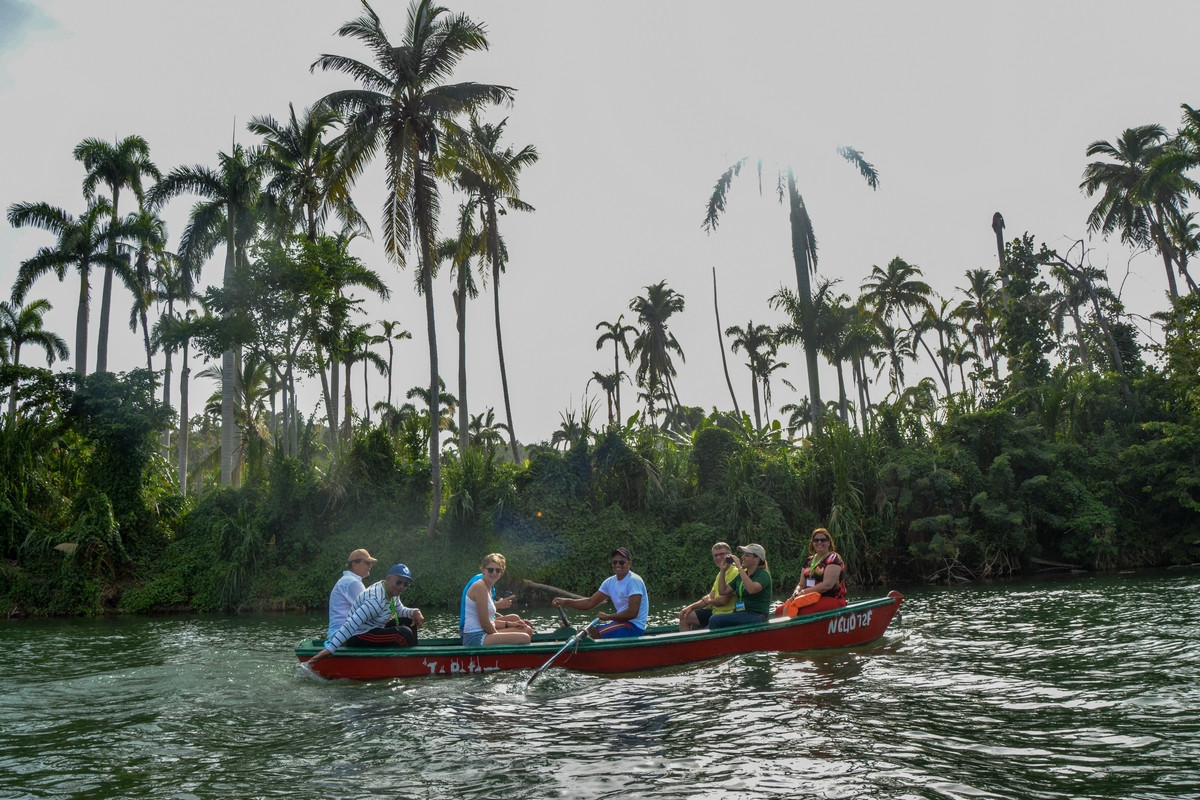
Eastern Cuba. Author: Roberto Suárez Published: 09/10/2017 | 10:10 a
Hello photographer:
With the proposal that we bring you to inaugurate 2018, it is almost impossible that you won’t feel identified. In fact, most of our readers, whether or not they love photography, will feel they have something to say or show for it.
We are referring to travel photography, which with the rise of cyber platforms, and the amplification and cheapening of access to equipment capable of taking photos, is one of the themes that has been most developed and popularized worldwide: travel photography.
It is no longer just professional photographers who display their impeccable graphic memories of the places they have visited. Increasingly, from social networks and blogs people share their experiences in other latitudes, offer advice, suggest itineraries… and show their images. Some even live make a living from it.
So much so that travel photography has begun to be recognized as a [distinct] genre and enough literature has already been written about it.
Usually, we all take images of the places we visit, with the intention of remembering them later and to enlarge our personal graphic memory. But what kind of images do we make, of what objects or subjects we photograph and above all, why.
It’s not just a postcard.
For some authors, travel photography is just one facet of photojournalism, another way to tell stories. And the fact is that, although it is not wrong to want to immortalize in our images in a kind of postcard of what we have seen, there are many other ways to face a tourist visit.
It is clear that there are essential photos. For example, if you visit the Valley of Viñales, you will not fail to take a panoramic photo from the Hotel Los Jazmines, nor from the paradisiacal beaches of Varadero. But you will make a difference when you also begin to tell stories, when you imbue your images with the feeling of the place you visit, portraying its inhabitants in their surroundings, detail traditions, gastronomic culture… and everything that grabs your attention (animals, streets, doors, trees).
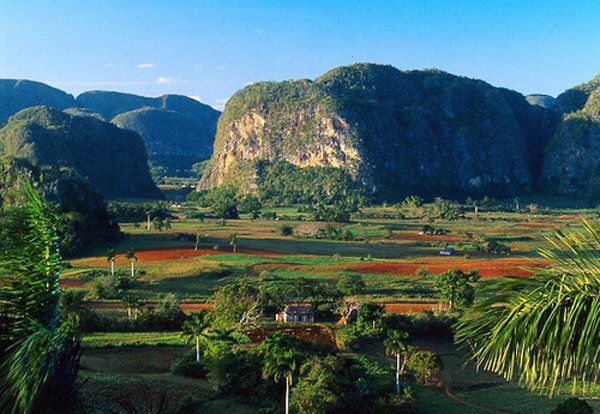
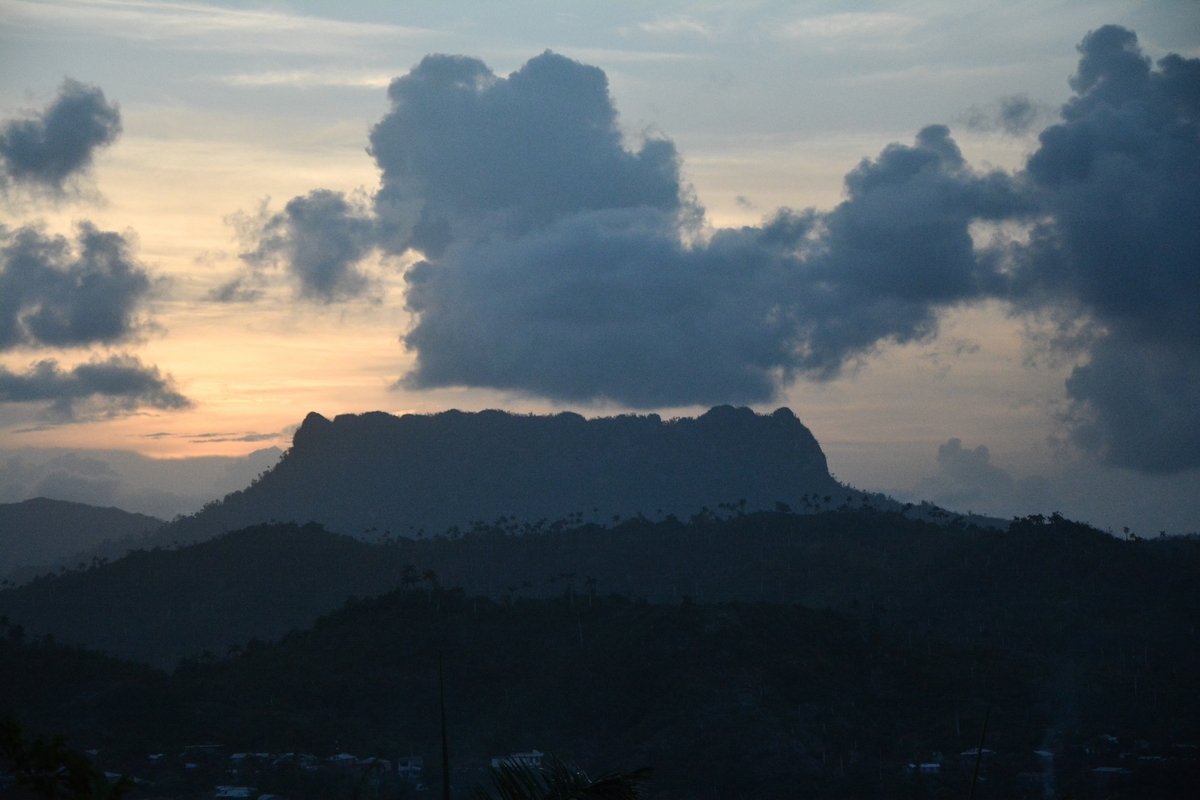
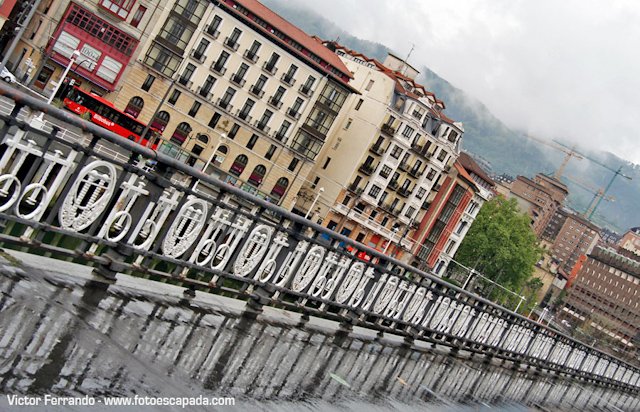
Take pictures from the first moment. Preparations for the trip are also part of it.
Take photos on the means of transport, including the plane. To do this, you will have to be attentive and request the seat in a window in which the wings of the plane do not obstruct your vision. Take advantage of this opportunity to take aerial photos.
In addition to the typical places, it also seeks to bring out daily customs and characters.
Photograph the people of the place… but first, ask them for permission, not only to take the photo but also if you plan to publish it or upload it to your social networks.
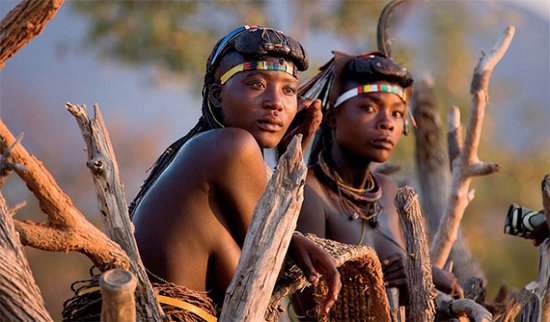
Include tourists and passers-by in your images, that will make them more attractive and moving.
If you photograph your fellow travelers in a space or in front of an important building or monument, take a short shot of your friends, half-body or closer. Otherwise, they’ll be so tiny that you won’t notice them in the picture.

Above all, try to do things with common sense, discretion, and education. When in doubt, always ask.
When you return from your trip, make a rigorous selection. Make the selection as if it were a projection, at 4 seconds per photo, you should be able to see the selected photos in 3 or 4 minutes maximum so you don’t bore your audience.
With information from https://www.blogdelfotografo.com and https://saltaconmigo.com
Cuba Observes International Yoga Day
Cuba Observes International Yoga Day
• by Reno Massoby
Translated and edited by Walter Lippmann for CubaNews
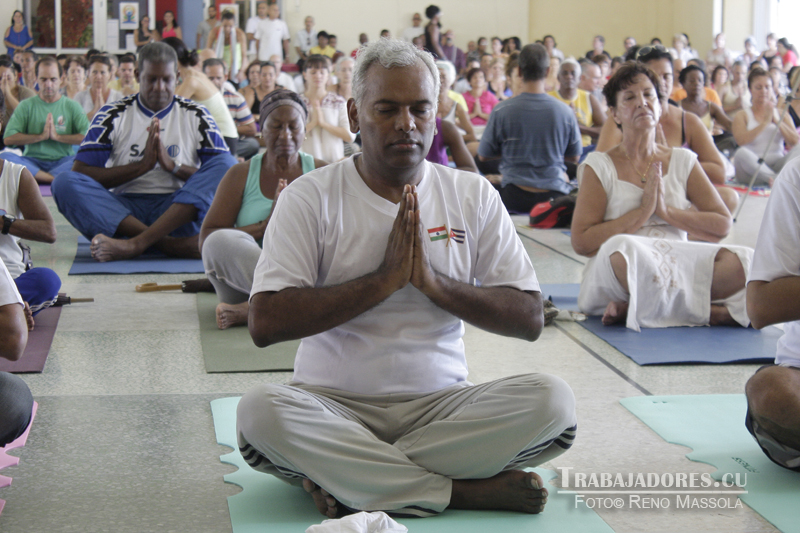
His Excellency Mr. C. Rajasekhar, Ambassador of India to Cuba participated in the sessions celebrating International Yoga Day.
This weekend the celebration of International Yoga Day took place in Havana. The activities took place in the Círculo Social Gerardo Abreu Fontán of this city.
Yoga is one of the most important legacies of our culture, and we are very proud that the United Nations has designated this day to celebrate it, at the request of the Prime Minister of India, Rajendra Modi and with the support of more than 170 countries, explained His Excellency Mr. C. Rajasekhar, Indian Ambassador to the Island.
From 9.00 am to 5.00 pm massive sessions were held and the physiological, therapeutic and ethical aspects of Yoga, which are becoming an effective remedy against everyday stress, were discussed.
Organized in coordination with the Cuban Yoga Association, which is celebrating its 25th anniversary this year, International Yoga Day was also celebrated in 7 provinces of the country where the Association has its headquarters.
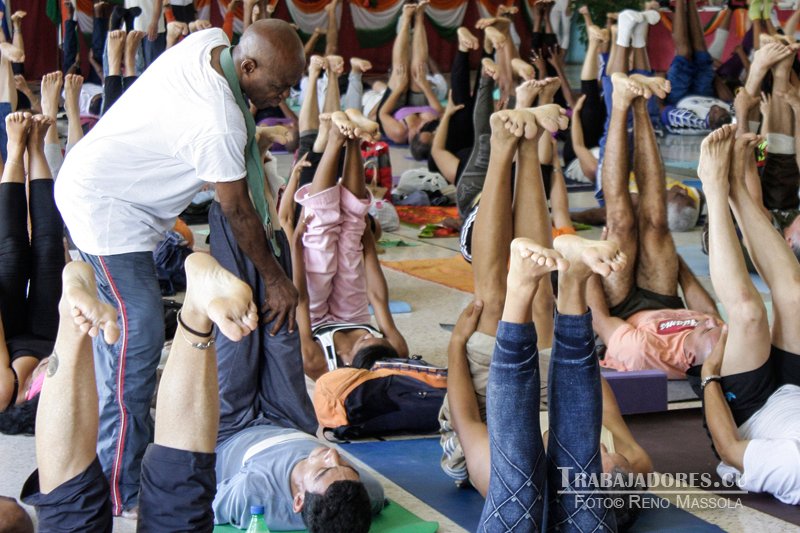
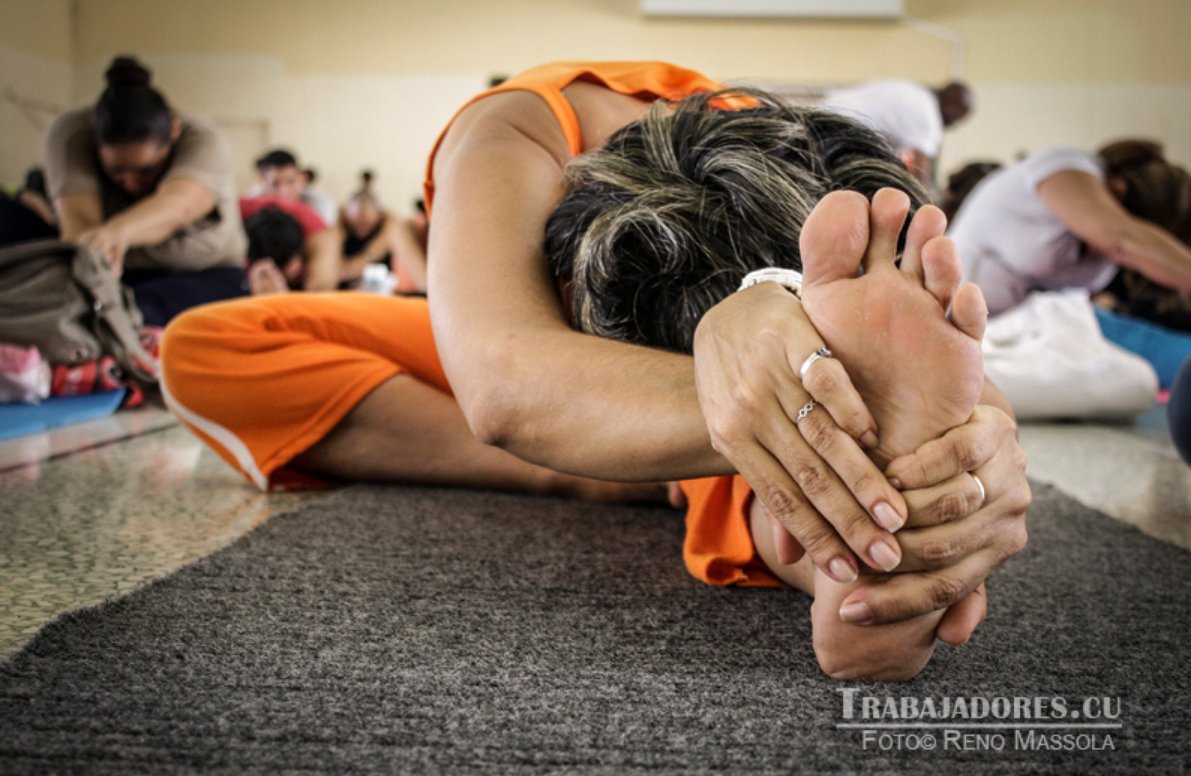
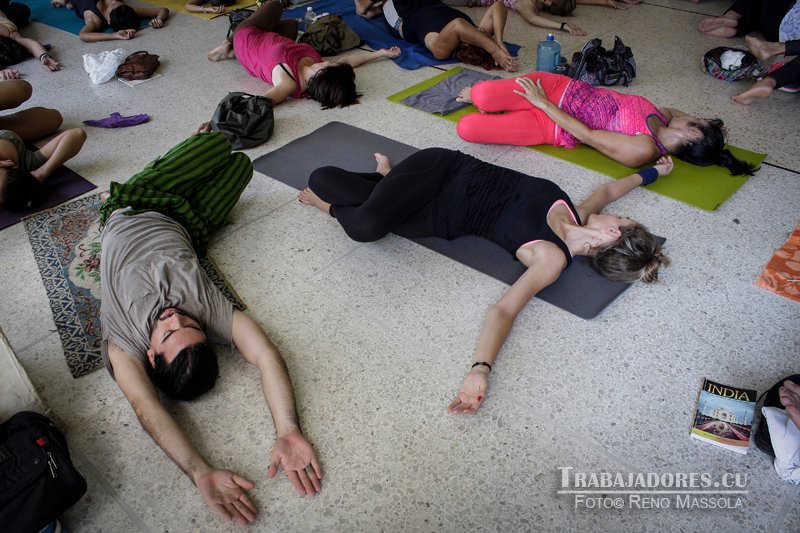
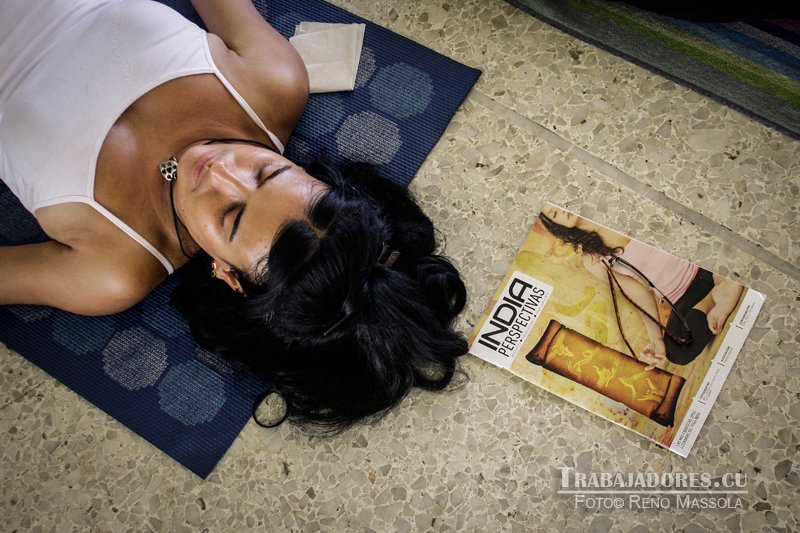
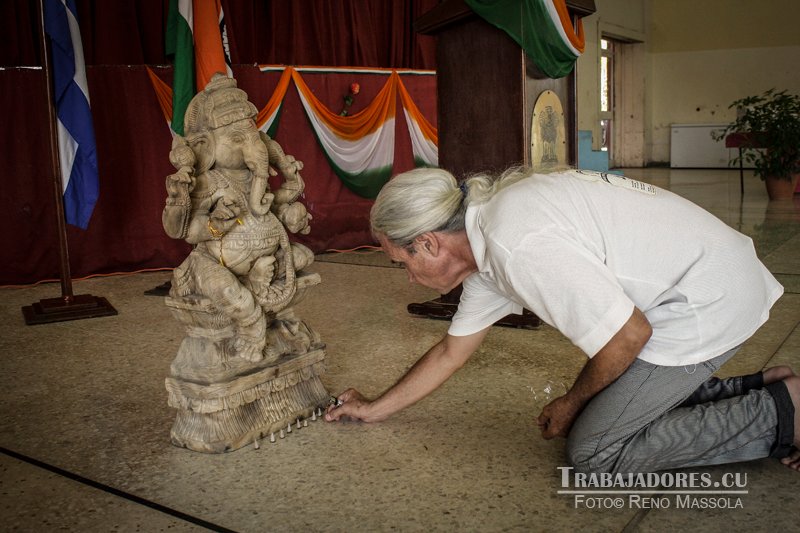
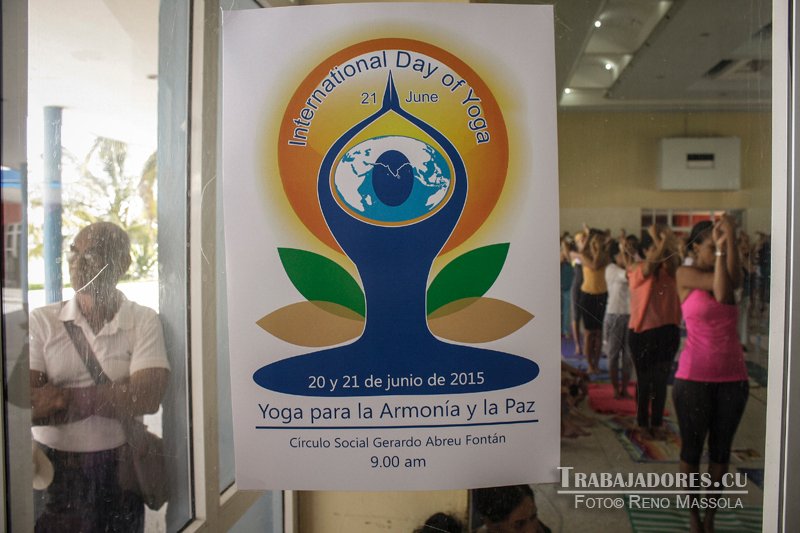
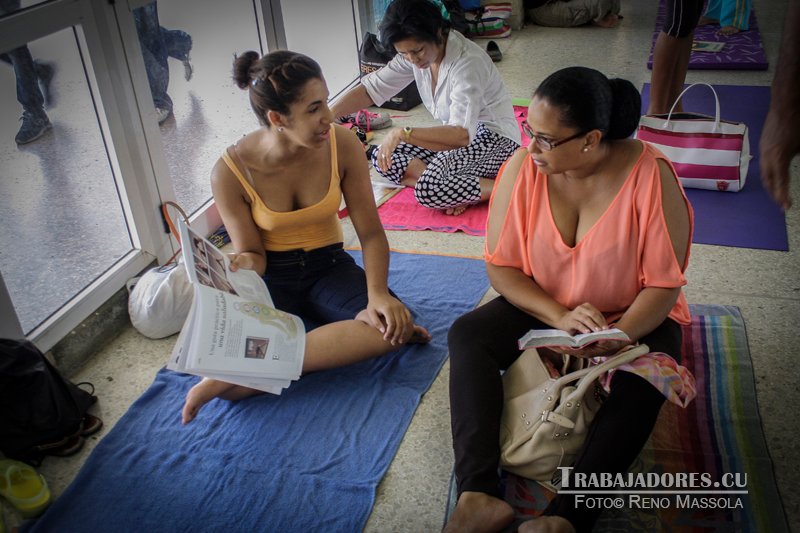
Never again!

Never again! The students’ cry against guns in the United States!
Parkland students’ pressure even reached the White House, where President Donald Trump met with several of them and their parents on Wednesday.
————————————————————————————————————————————
Author: Sergio Alejandro Gómez | internet@granma.cu
22 February 2018 20:02:57
A CubaNews translation.
Edited by Walter Lippmann.
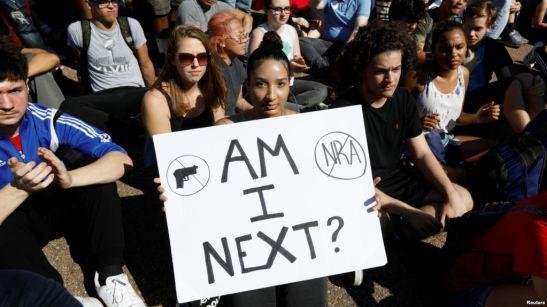
“Am I next? “, reads on this poster of one of the students’ protests against the carrying of arms and the National Rifle Association. Photo: Los Angeles Times
Hundreds of young people, with tears in their eyes for the friends they lost and, also, although it may seem contradictory, for the good fortune of having survived; human chains guarded by the police evacuating the danger zone and Valentine’s Day balloons and teddy bears lying on the ground. Those were the images that toured the world after the massive shooting at a school in Florida that left 17 dead and about 20 injured on February 14.
Those same faces today throughout the United States are demanding “Never Again” about tragedies like the Stoneman Douglas School in Parkland and for the enforcement of stricter gun control laws.
“No matter how many people die. Legislators in power don’t take action,” Ryan Deitsch, one of the surviving students who met with legislators, told reporters.
Now is the time to get on the right side of this, because it’s not something we’re going to sweep under the carpet,” Emma Gonzalez told NBC News Meet the Press.
But what were isolated appearances in the media and spontaneous displays of pain, has become a whole movement that is already known by the label #NeverAgain.
The young people touched a sensitive fiber of public opinion and began to mobilize in city councils demanding a change in gun control laws.
They soon won tens of thousands of fans on social networks and made frequent appearances on national television. They also received millions of donations from celebrities like George Clooney, Oprah Winfrey, and Steven Spielberg to fund future demonstrations.
A march is being called in Washington for March 24, which they hope will have a national repercussion.
Its impact is greater than previous initiatives, since the voice of young people comes in the midst of a politicized scenario in which the issue of arms is diluted in political conflicts and economic interests that go beyond the traditional parties.
The legitimacy of the lawsuits, which in many cases come from the families of victims or survivors of the massacre, are putting politicians like Florida Senator Marco Rubio, who has received more than $3.3 million from the National Rifle Association (NRA) to buy his votes on the weapons issue, on the ropes.
During a public assembly in Sunrise, Florida, the father of one of Parkland’s victims challenged Rubio to tell the truth and acknowledge that “guns were a factor in his son’s death.” Rubio tried to sneak away and responded that if he believed that a ban on assault weapons “would have prevented this from happening, he would have supported it.> His response was booed by the audience.
Then, student Cameron Kasky told the senator, “It’s hard to look at you and not see the barrel of an AR-15 and not see Nikolas Cruz,” referring to the assault weapon used in the shooting and the 19-year-old perpetrator, who acquired the rifle legally despite a history of violence. “Can you tell me right now that you won’t accept a single donation from the National Rifle Association?”, she added.
Parkland student pressure even reached the White House, where President Donald Trump met with several of them and their parents on Wednesday.
The president was pressured to declare that he will seek “solutions” to the problem.
But so far, some of his ideas are on the way to authorizing teachers to carry weapons in schools and be more severe with the background check of prospective buyers.
That is precisely the vision that the NRA supports to divert attention from the main problem that American students now denounce:”guns are not only a variable of the situation, but they are the key to the problem.”
Subscribe to Blog via Email
| M | T | W | T | F | S | S |
|---|---|---|---|---|---|---|
| 1 | 2 | 3 | 4 | 5 | 6 | 7 |
| 8 | 9 | 10 | 11 | 12 | 13 | 14 |
| 15 | 16 | 17 | 18 | 19 | 20 | 21 |
| 22 | 23 | 24 | 25 | 26 | 27 | 28 |
| 29 | 30 | 31 | ||||

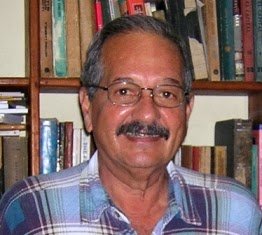
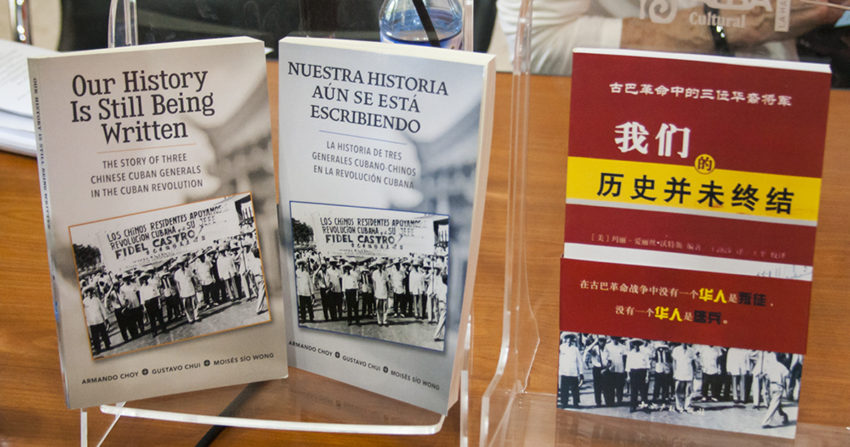
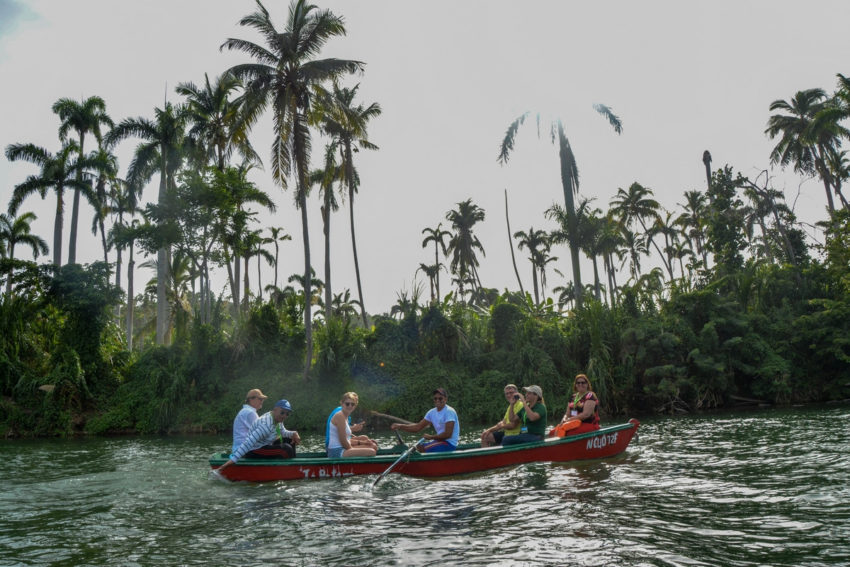

You must be logged in to post a comment.